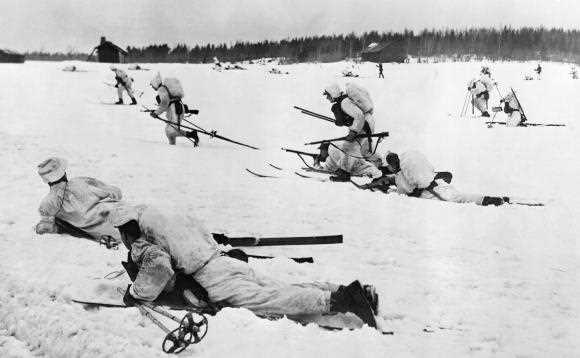As regards the Russian military arsenal, reference should be made to a study, published on February 15, devoted to ” Russia’s military capability in 2022 », by the International Institute for Strategic Studies (IISS), a British research institute in international relations. And you can complete this reading with this article from theInstitute for the Study of War (ISW).
The IISS evokes the modernization of the Russian army, the arrival of new equipment, but not in sufficient numbers. Emphasis has therefore been placed on the modernization of platforms already in service – the T-72 tanks in particular – and on the integration of more precise and longer-range weapons. The structure of units has changed, with the appearance of Battalion Tactical Groups (BTGs). They usually consist of a tank or infantry battalion reinforced by armor or infantry and by means of artillery, air defence, electronic warfare and other means of combat support. The whole represents 600 to 900 men for the reinforced BTGs.
The Russians committed 175,000 to 190,000 men, but these numbers are estimates. To which are added 20,000 men from the Republic of Donetsk and 14,000 from the Republic of Luhansk. The actual amount of their losses is unknown. But in his April 8 briefing, the Pentagon wrote : “Some of the units that attacked kyiv were badly beaten, with many battalion tactical groups having suffered a 30% reduction in manpower and equipment, and others even more. Replenishment of these units may take some time, which could be further complicated by persistent logistical failures. These problems (…) existed outside Ukraine and still exist. Our feeling is that they will probably not be able to quickly reinforce the eastern part of their forces in the east of the country. Nevertheless, the Russians have a large manpower: in May, the next class of conscripts will begin their service [militaire], and officials have indications that the Russians have begun to mobilize reservists. »
For its part, the ISW believes that “The Russian army is trying to recreate sufficient combat power to seize and hold the portions of Donetsk and Luhansk oblasts, which it currently does not control after completing the seizure of Mariupol. There are, however, good reasons to question the ability of the Russian armed forces to achieve this..
As for the Baltic countries: they are members of NATO, and an attack would trigger a response from the Atlantic Alliance, who deployed soldiers there.
Finally, Finland is entering the decisive phase this week regarding its possible candidacy for NATO, with a final choice expected by the end of June. A white paper on the security of the country must be published by the government of the Nordic country, to draw the consequences of the new face of the Russian neighbor. The country has increased consultations in recent weeks with almost all of the 30 members of the alliance. With its Swedish neighbor, the country obtained clear assurances from the Secretary General, Jens Stoltenberg, that the door was open to it, and gleaned many supports, from the United States to Germany via France or the United Kingdom. .
With Finland joining, Russia would find itself with a possible new, additional 1,340 kilometer border with the Western military alliance. Moscow has regularly threatened Helsinki and Stockholm with “serious political and military consequences” in case of membership. Finnish President Sauli Niinistö acknowledged in late March that a NATO candidacy could elicit responses “impetuous” of Russia. According to Finnish Foreign Minister Pekka Haavisto, NATO estimates that it would take between four to twelve months to finalize membership. Membership unanimity is required to join NATO. If the support of Turkey seems acquired, according to Helsinki, remains a question mark with Hungary of Viktor Orban.
Read also: In Finland, the invasion of Ukraine revives the memory of the “Winter War”
